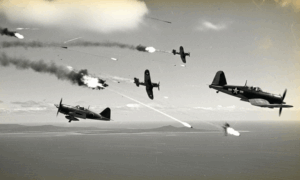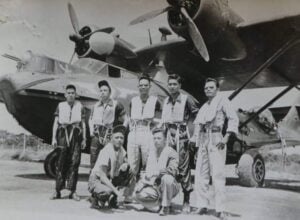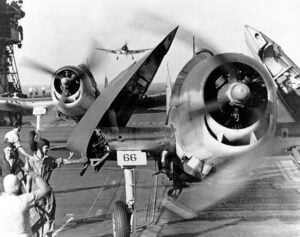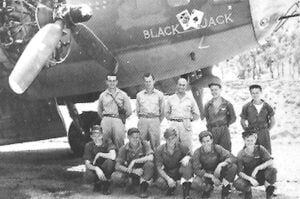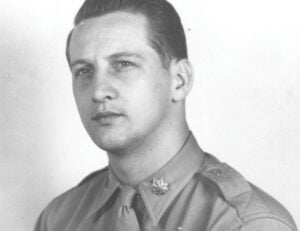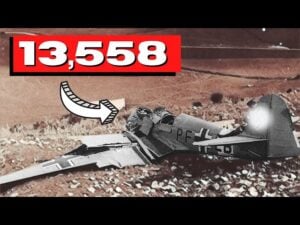The Story of American Pilot Who Stole German FW-190D Twice in Daring WWII Missions
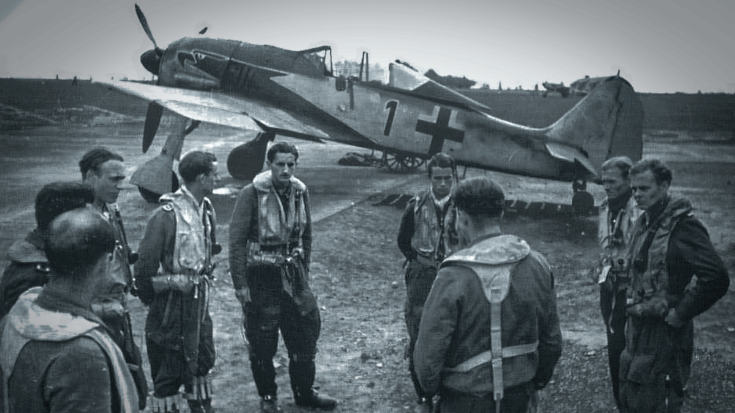
World War II Aircraft / Facebook
A Routine Mission Turns Into Something Else
In 1944, as World War II reached its deadliest stages, Captain James “Hawk” Harrison flew his P-51 Mustang low over the forests of northern France. His mission was straightforward—photograph a hidden German test airfield west of Reims and return with the images. But combat never stayed simple for long.
As he and his wingman approached the target, Hawk spotted something unusual: a sleek silver aircraft with dark wings, a Focke-Wulf FW 190D—the latest model, rumored to include experimental upgrades. Instead of taking photographs, Hawk made a second, lower pass. What followed was unplanned and dangerous. He decided, without warning, to land and try to steal the plane.

A Bold Landing Under Fire
Hawk dropped his Mustang into a dive, leveled off just in time, and landed directly on the grass strip of the enemy airfield. German guards rushed forward in confusion. Hawk jumped from his plane, pulled his sidearm, and took down the closest threats. Chaos broke out, but it gave him the opening he needed.
He sprinted to the German plane and climbed into the cockpit. Though labeled in German, Hawk had studied enough Luftwaffe manuals during mission briefings to understand the controls. He fired up the engine under heavy fire, took off under pressure, and slipped away into the skies.
Flying Home in Enemy Colors
The flight back to Allied territory was filled with risk. Hawk had to avoid being shot down by his own side. Several Allied aircraft mistook him for the enemy and tried to intercept him. Staying low, silent, and fast, Hawk eventually reached British-controlled airspace. He identified himself using a coded call sign and was allowed to land—barely.
News of what he’d done spread quickly. His commanders were furious at first. He had disobeyed orders and taken extreme risks. But when intelligence officers examined the captured FW 190D, their anger turned into quiet approval. The aircraft was sent to the OSS for study. Hawk, however, was grounded.
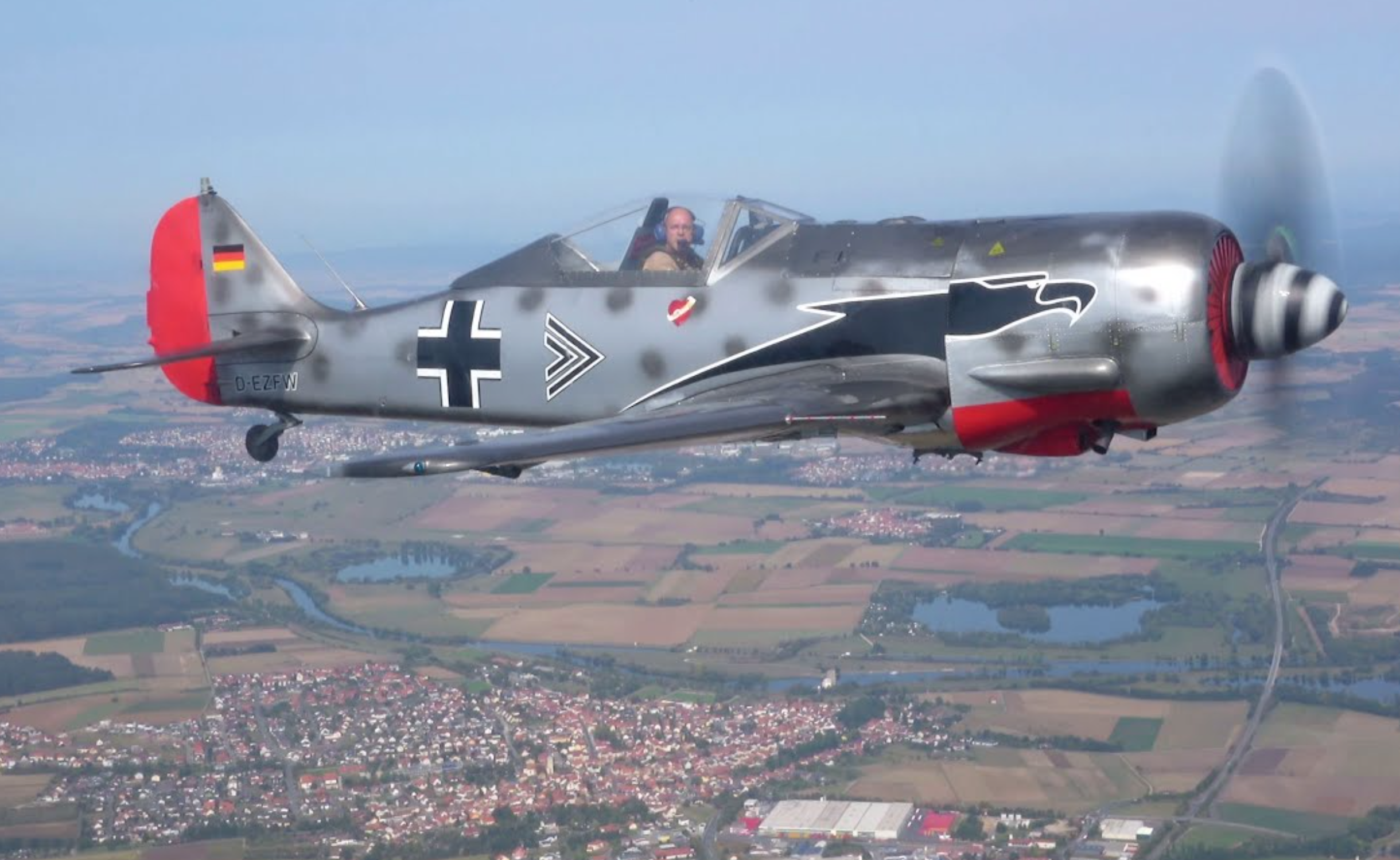
A Second Theft in the Shadows
Weeks passed. Then came an offer from a British intelligence officer: steal another plane, a prototype called the FW 190X. It was being moved by train to Berlin. If it reached its destination, it could change the air war. Hawk agreed without hesitation.
Wearing a stolen Luftwaffe uniform and carrying false papers, he infiltrated a German test field. The aircraft was different—painted matte black, with new systems and a pressurized cockpit. Hawk waited for a guard change, took out a sentry, and slipped inside. The controls glowed faintly. He started the engine, activated a jet-assisted takeoff system, and blasted down the runway.
Chased Through the Sky
As he took off, alarms blared and German jets scrambled to stop him. He pushed the prototype to its limits, flying fast and low toward Denmark. When he neared the coast, Allied ships mistook him for a threat and opened fire. Hawk dropped altitude and used an emergency code to identify himself. A British submarine surfaced, and a small boat met him onshore.
He landed the plane on a beach in Denmark, skidding across the wet sand. Allied agents rushed in, stunned at what he had accomplished once again.
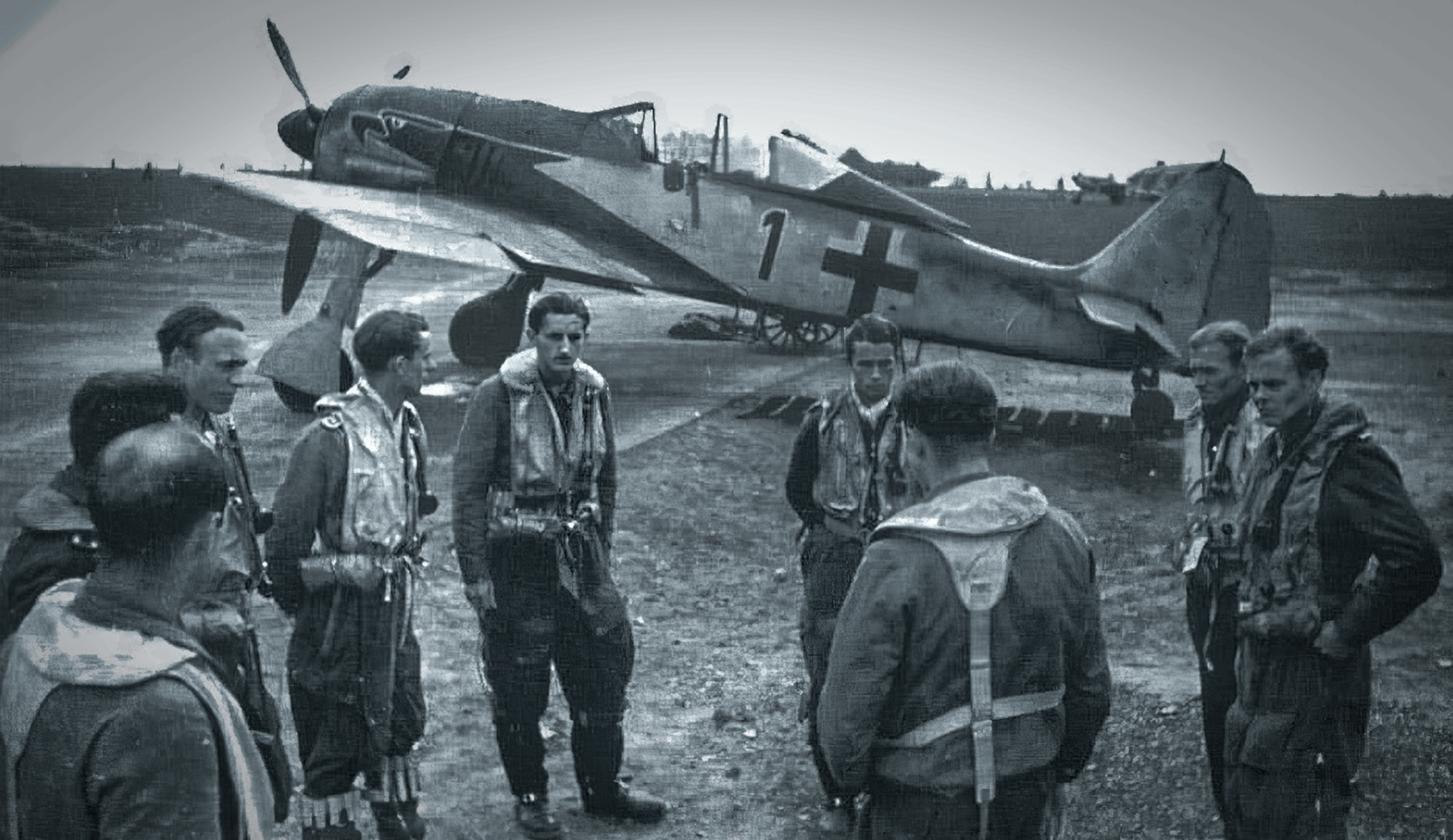
A Quiet Legacy
After the war, Hawk was called before Congress. When asked why he took such risks, he answered, “War isn’t just bullets. It’s brains. And sometimes it takes a little madness to win.” The captured FW 190X was studied for years and played a role in postwar aircraft design. Harrison was quietly honored and reinstated. His story remained classified for decades, but among pilots, he became a legend—the man who flew the enemy’s wings.













